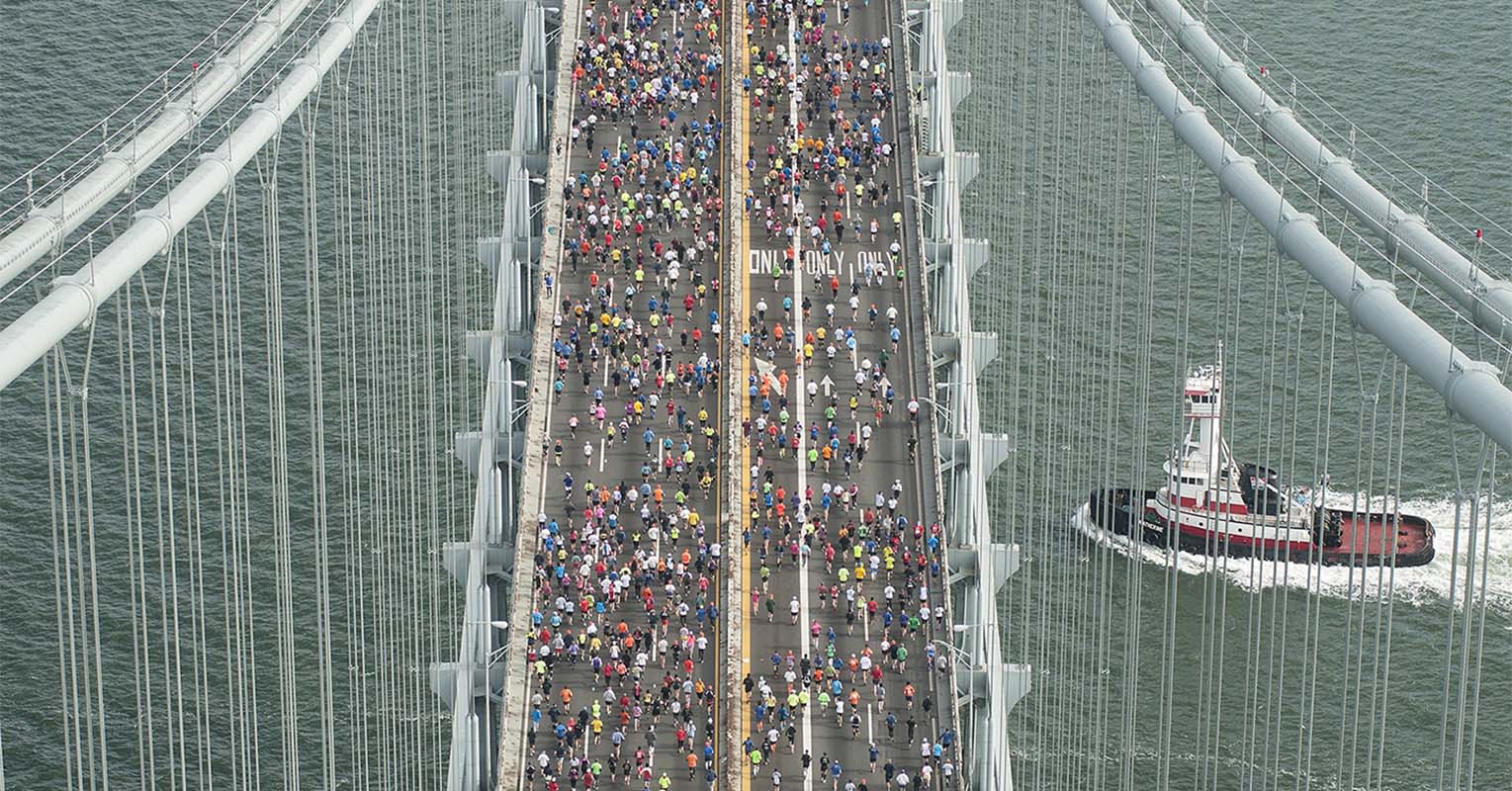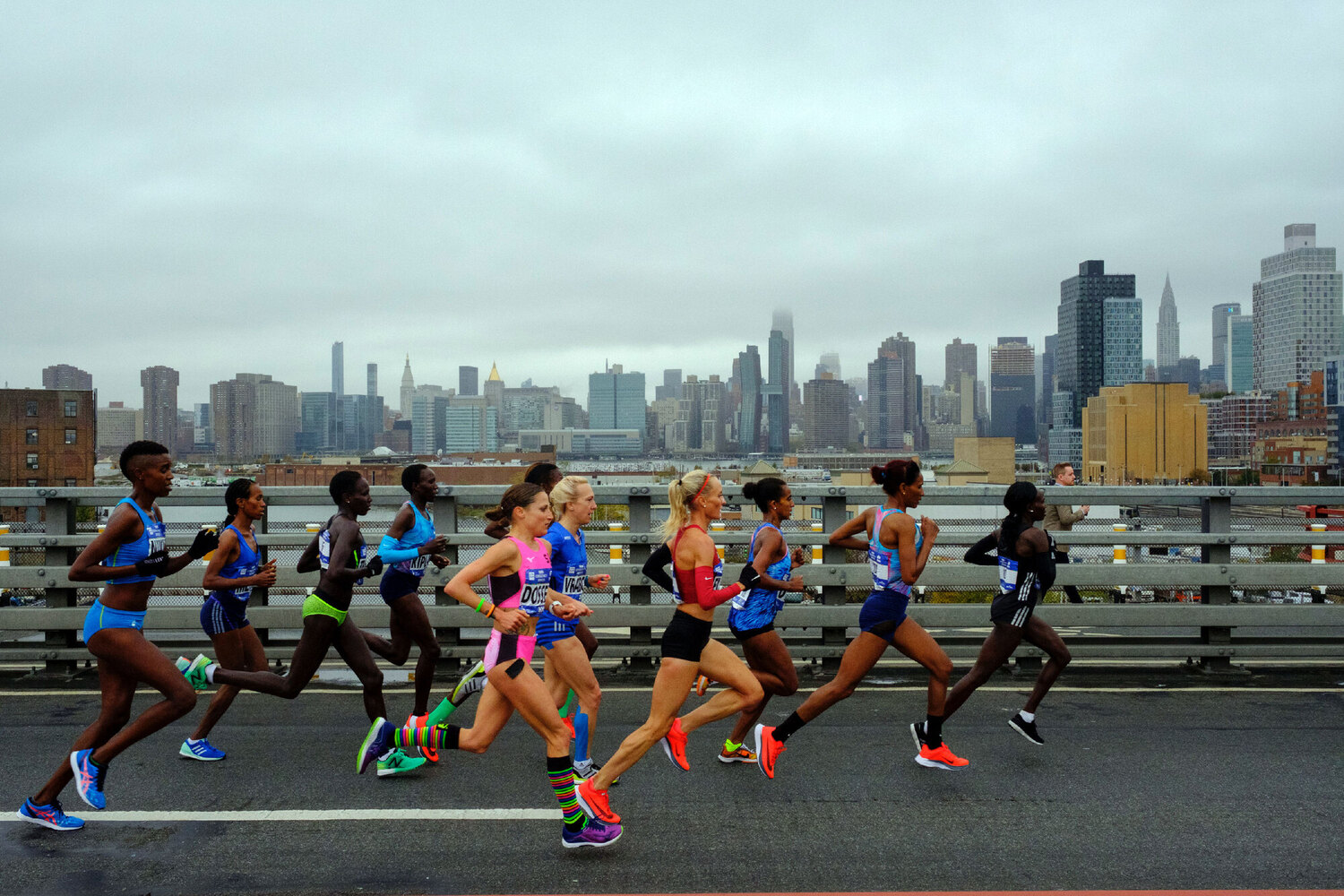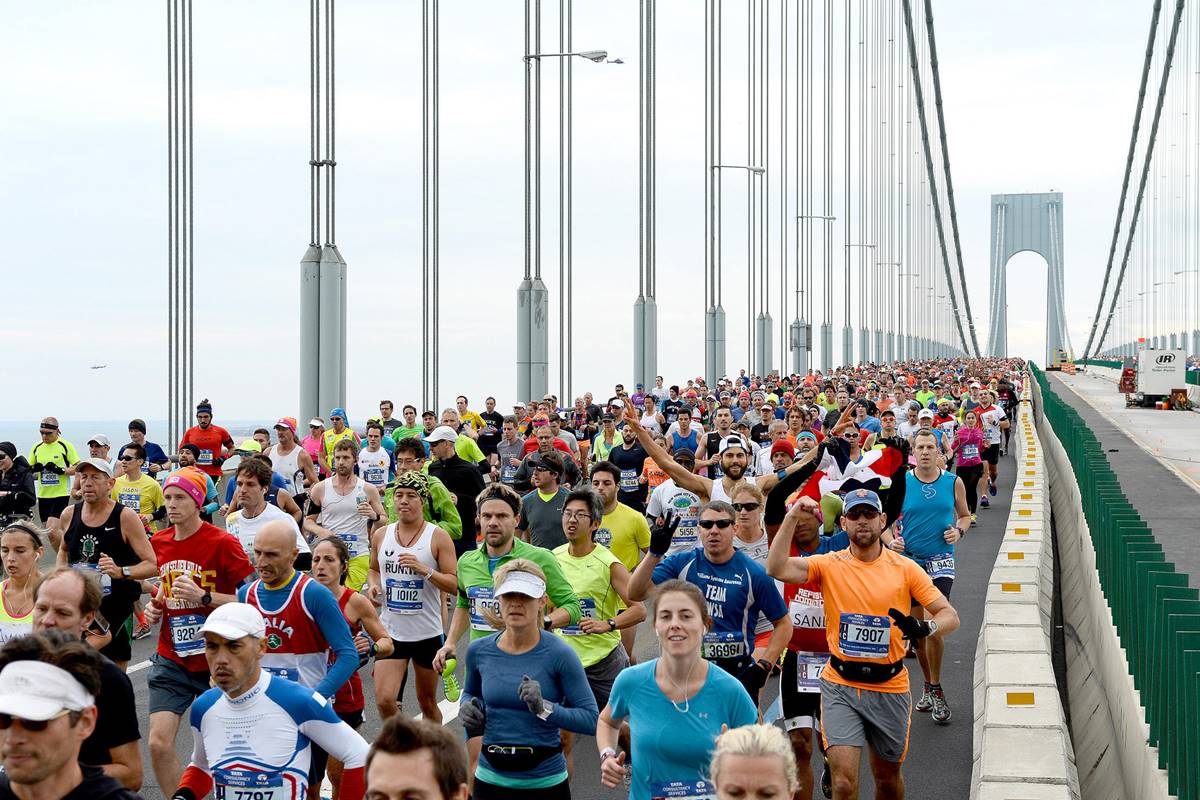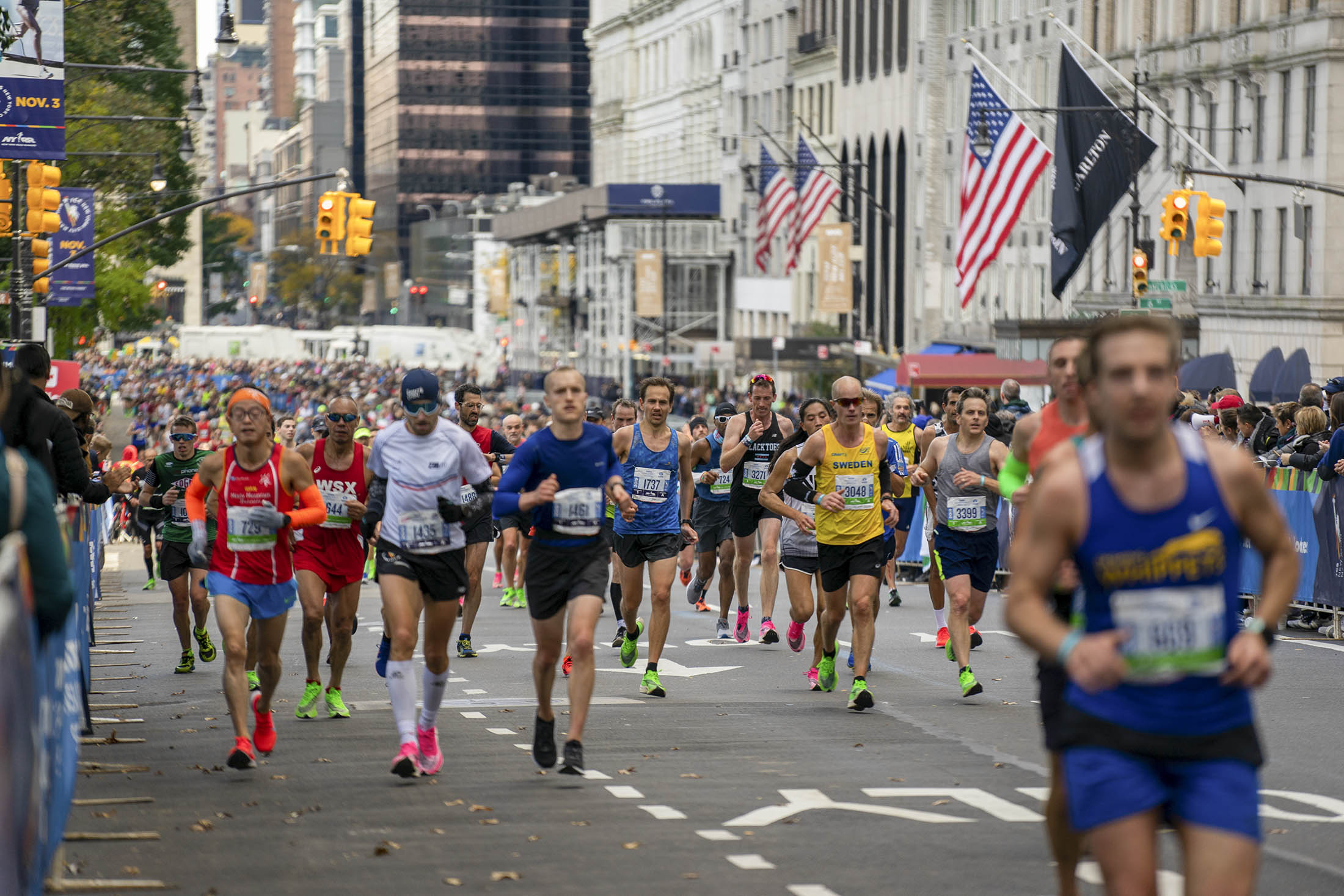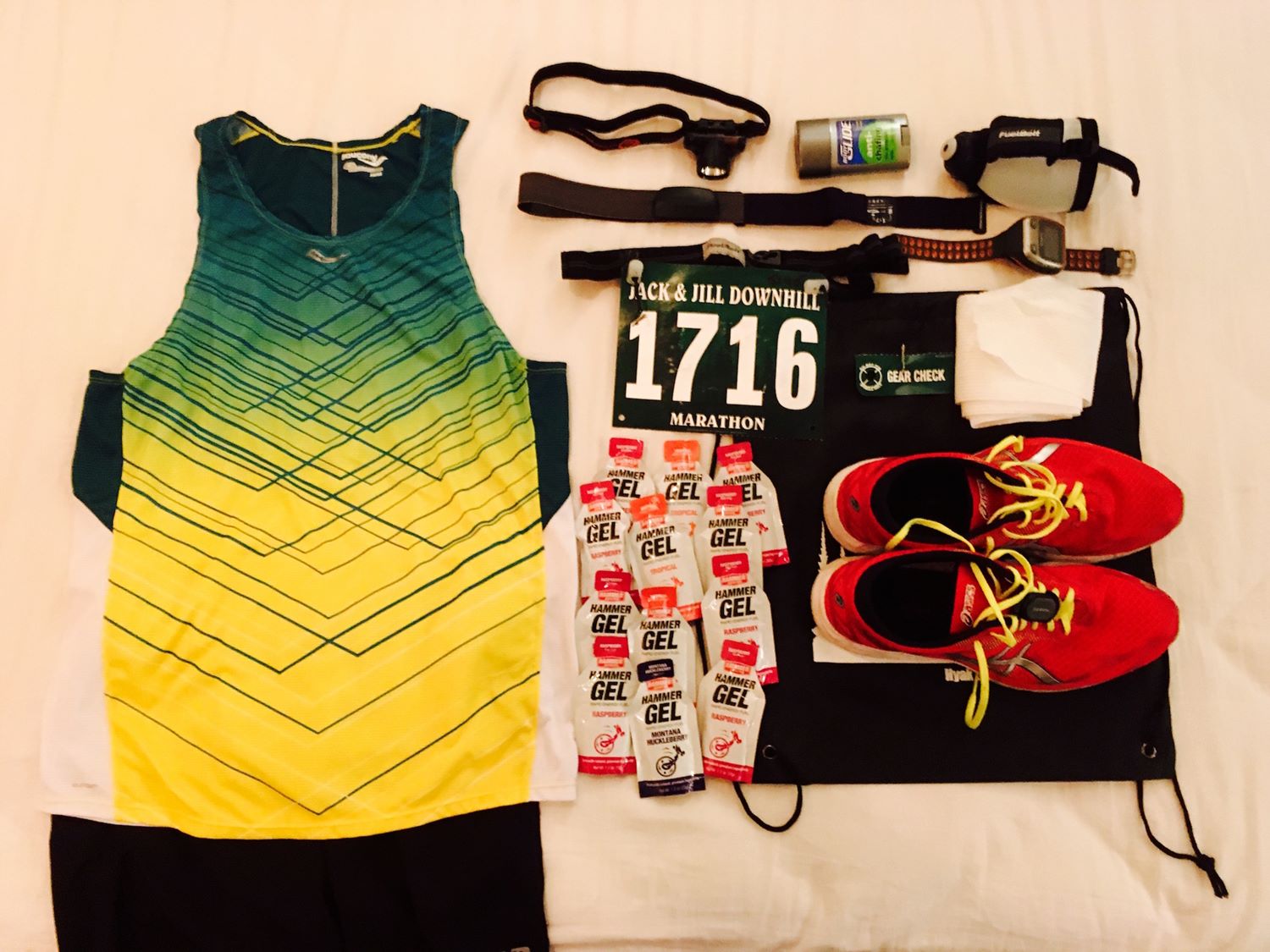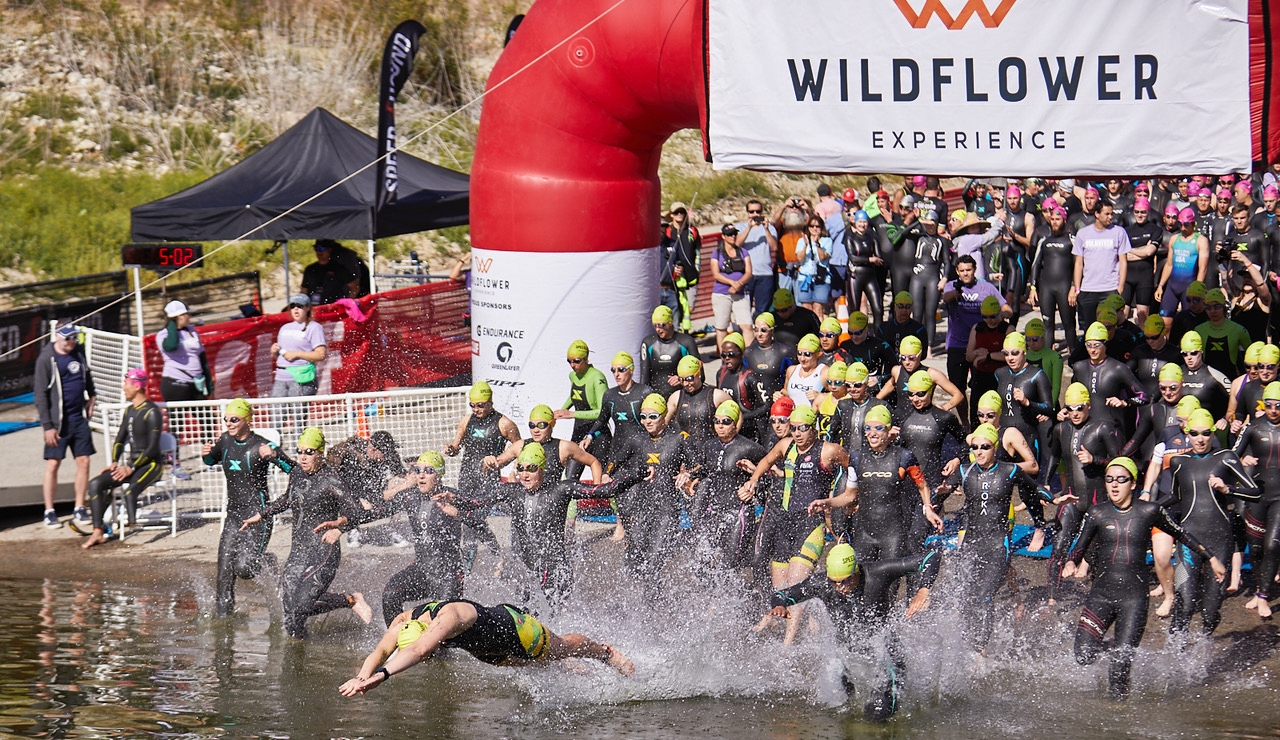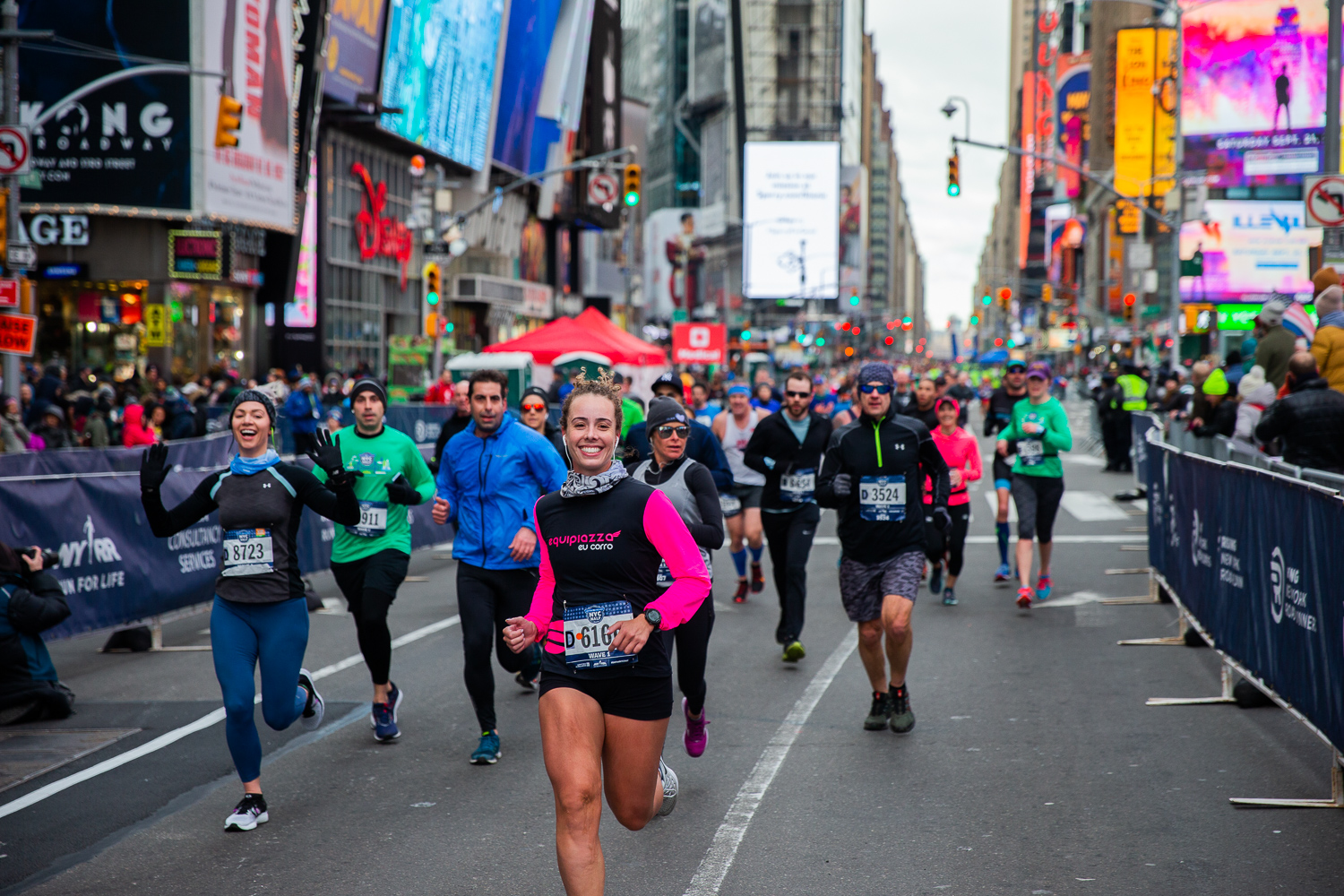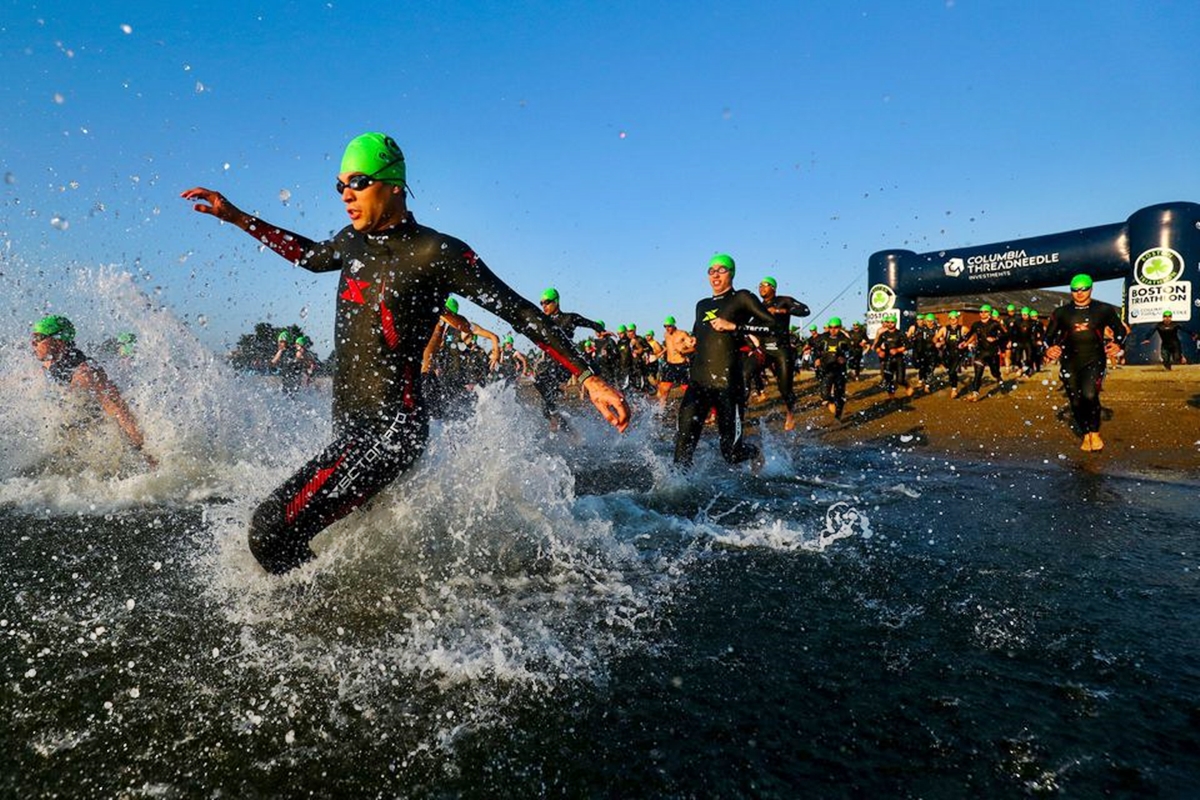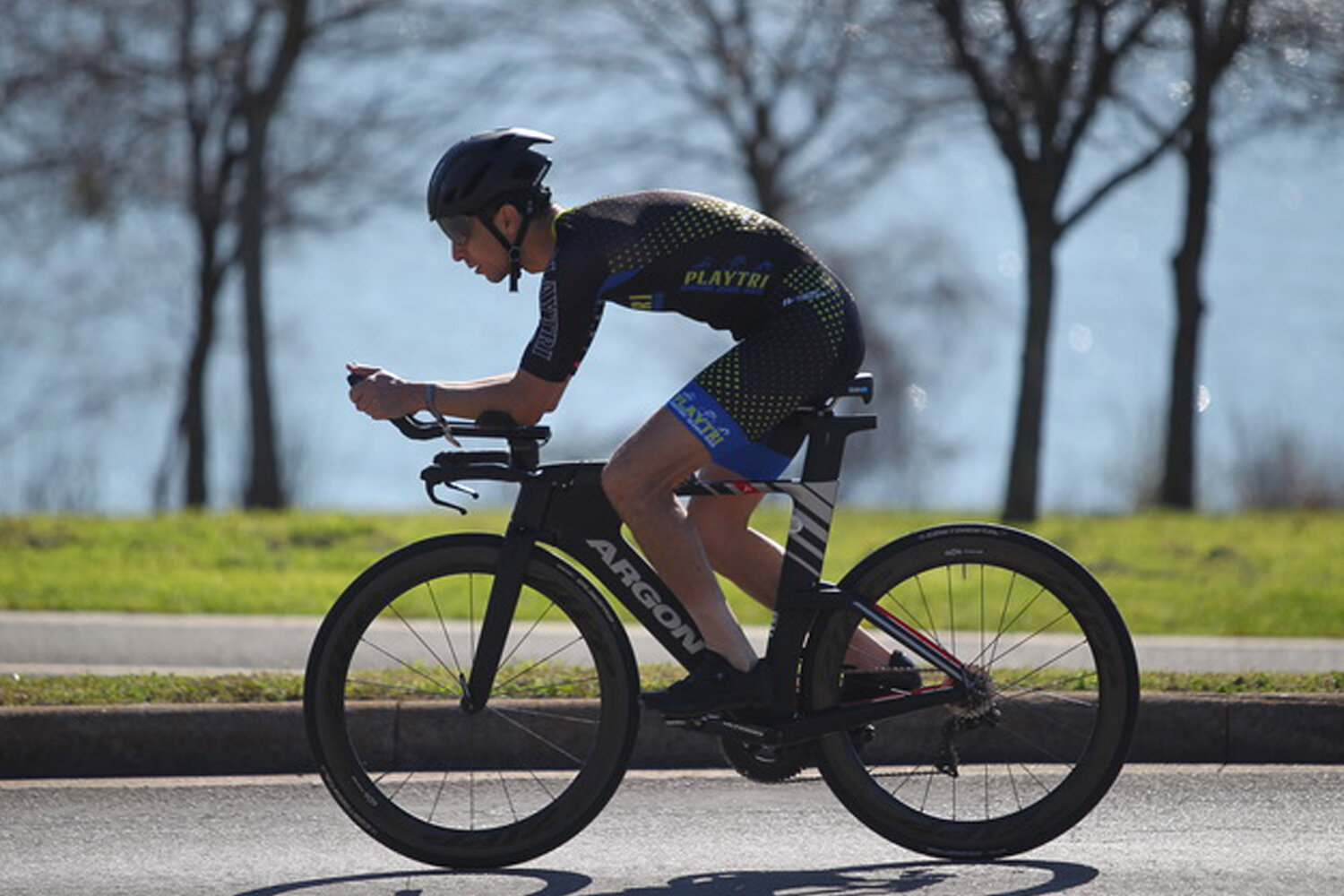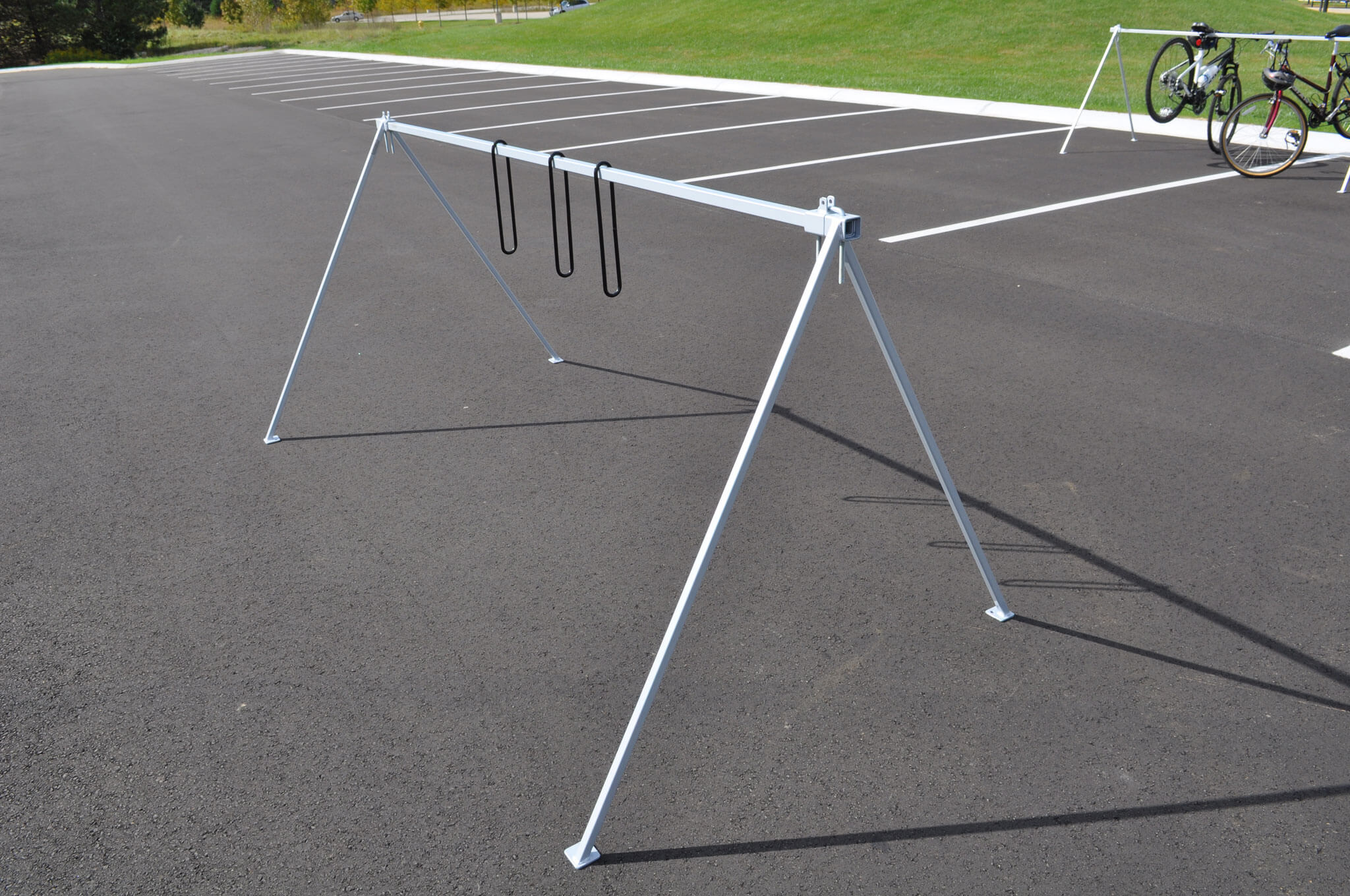Home>Misc>Featured>Where Does The NYC Triathlon Begin And End
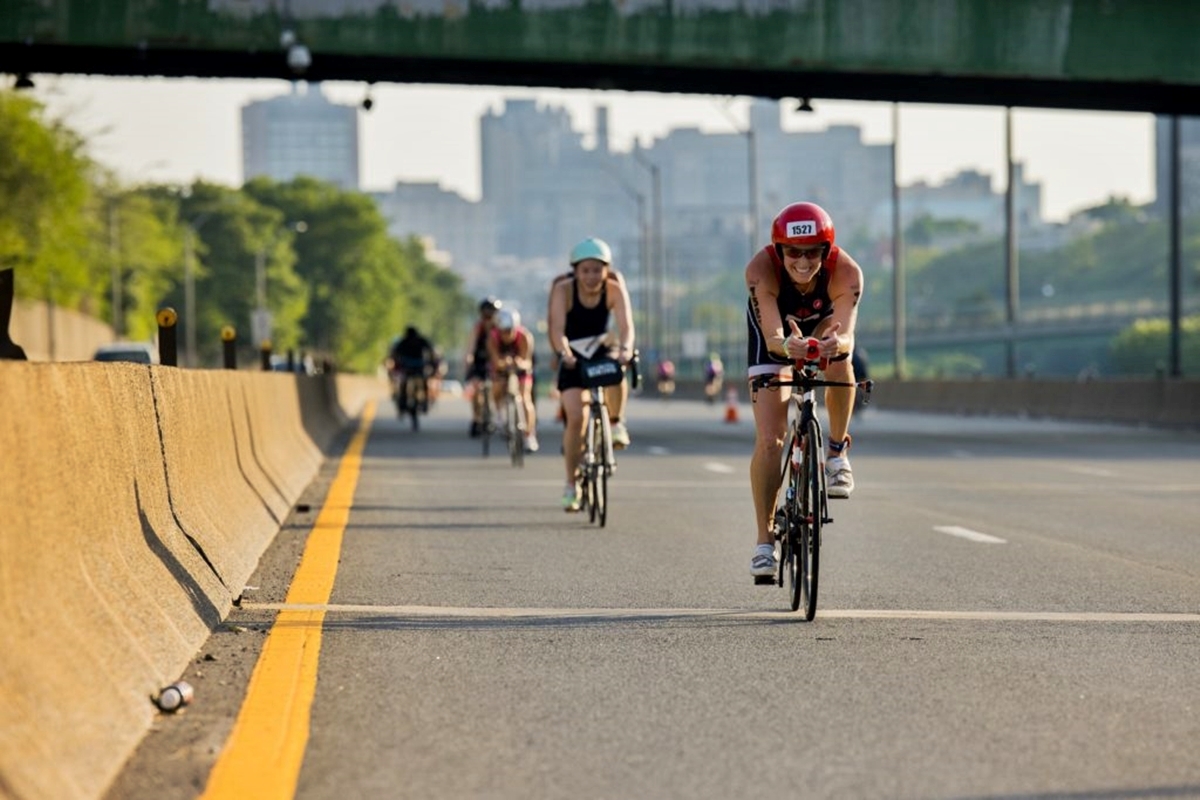

Featured
Where Does The NYC Triathlon Begin And End
Modified: January 2, 2024
Discover where the NYC Triathlon begins and ends, and be ready to witness the city's featured athletic event. Join us for an unforgettable race through the iconic streets of New York City.
Introduction
Welcome to the exciting world of the NYC Triathlon! This iconic event attracts athletes from all over the world who gather in the heart of New York City to test their physical and mental fitness. From the moment the starting gun goes off to the exhilarating finish line, the NYC Triathlon offers a unique and unforgettable experience for participants and spectators alike.
The NYC Triathlon, organized by Life Time, is one of the most prestigious triathlon events in the United States. It takes place annually in the summer months, inviting athletes of all skill levels to take on the ultimate challenge: a 1.5-kilometer swim, a 40-kilometer bike ride, and a 10-kilometer run. The race is renowned for its scenic course, traversing iconic landmarks and showcasing the vibrant energy of the city.
With its combination of swimming, biking, and running, the triathlon tests athletes’ endurance, strength, and strategy. It pushes them beyond their limits as they navigate through each leg of the race and transition between disciplines. The NYC Triathlon provides an opportunity for athletes to push their boundaries, achieve personal goals, and experience the incredible camaraderie that comes with participating in a triathlon.
What sets the NYC Triathlon apart is its unique backdrop. Participants dive into the Hudson River, an experience that is unparalleled in its beauty and symbolism. The bike course takes athletes along the Henry Hudson Parkway, offering stunning views of the George Washington Bridge and the Manhattan skyline. And the run course lets participants explore Central Park, a true oasis in the midst of the bustling city.
Whether you’re a seasoned triathlete or a beginner taking on your first race, the NYC Triathlon offers something for everyone. And what makes this event even more remarkable is the incredible support from the local community and the thousands of cheering spectators lining the course. Their unwavering encouragement and enthusiasm provide an extra boost of motivation for every participant.
So lace up your shoes, strap on your helmet, and dive into the unparalleled energy of the NYC Triathlon. Get ready to push your limits, embrace the journey, and cross that finish line with a sense of accomplishment and pride like no other.
Overview of the NYC Triathlon
The NYC Triathlon is a world-class event that attracts triathlon enthusiasts from around the globe. It has gained a reputation as one of the most challenging and exciting races in the sport, showcasing the best of New York City. Spanning a total distance of 51.5 kilometers (32 miles), this triathlon is a true test of endurance, strength, and mental fortitude.
The race begins with a 1.5-kilometer swim in the Hudson River. Athletes dive into the water near the Riverside Park and make their way south, battling against the current. The swim course offers participants breathtaking views of the city skyline, creating a truly unique experience.
Following the swim leg, participants transition to the bike course. The 40-kilometer ride takes athletes along the Henry Hudson Parkway, a scenic route that offers panoramic views of the Hudson River, the George Washington Bridge, and the bustling city below. The bike course presents a mix of challenging climbs and fast descents, demanding both technical skill and physical strength.
After completing the bike leg, the athletes transition to the final discipline, the 10-kilometer run. The run course takes place entirely within Central Park, offering a picturesque backdrop as participants weave their way through the park’s iconic pathways. The course is a mix of flat stretches and slight inclines, testing runners’ stamina and determination as they push towards the finish line.
Furthermore, the NYC Triathlon incorporates unique elements that set it apart from other races. With its urban setting, the race presents logistical challenges and requires careful planning to ensure a smooth and safe experience for all participants. The organizers go to great lengths to provide ample support stations along the course, stocked with water, energy drinks, and nutrition to fuel the athletes throughout their journey. Medical personnel are also present to attend to any injuries or physical challenges that may arise.
Additionally, the NYC Triathlon is known for its commitment to sustainability. The race actively works towards reducing its environmental impact by implementing recycling programs, offering compostable water cups, and encouraging participants to carpool or use public transportation to get to the event.
In summary, the NYC Triathlon offers triathletes an incredible opportunity to challenge themselves in the heart of one of the world’s most vibrant cities. From swimming in the Hudson River to cycling along the picturesque Henry Hudson Parkway, and running through the iconic Central Park, this race showcases the beauty of New York City while providing athletes with a thrilling and unforgettable experience.
Swim Course
The swim course of the NYC Triathlon is undoubtedly one of the most exhilarating aspects of the race. Athletes start with a 1.5-kilometer (0.93-mile) swim in the serene waters of the Hudson River, creating a breathtaking setting for the beginning of this iconic triathlon.
The swim leg begins at the Riverside Park, where participants dive into the river and start their journey southward. The current of the Hudson River adds an extra challenge to this portion of the race, requiring swimmers to maintain a steady pace and utilize their technique efficiently.
The unique aspect of the swim course in the NYC Triathlon is the incredible backdrop it offers. As athletes power through the water, they are treated to stunning views of the Manhattan skyline, including landmarks like the Statue of Liberty and the Empire State Building. The experience of swimming in the Hudson River, surrounded by the architectural wonders of the city, is unparalleled and truly awe-inspiring.
To ensure the safety of all participants, the event organizers employ a variety of measures. A team of experienced lifeguards and safety personnel are stationed along the swim course, ready to provide assistance if needed. Additionally, all swimmers are required to wear brightly colored swim caps, making them easily identifiable in the water.
For those who may be concerned about open water swimming, the NYC Triathlon offers a swim warm-up period prior to the start of the race. This allows participants to acclimate themselves to the water temperature and familiarize themselves with the swim course, helping to alleviate any nervousness or anxiety.
It is important for athletes to be mindful of the current and water conditions during the swim leg. The Hudson River is a tidal waterway, so the current can vary depending on the time of the race. Understanding the flow of the currents and adapting your swimming technique accordingly can greatly enhance your performance during this portion of the triathlon.
Overall, the swim course of the NYC Triathlon provides athletes with a unique and awe-inspiring experience as they take on the challenge of conquering the Hudson River. With its stunning views of the Manhattan skyline and the careful attention to safety, this leg of the race sets the tone for the incredible journey that awaits participants in this world-class triathlon.
Bike Course
The bike course of the NYC Triathlon is a thrilling and demanding leg of the race that takes athletes on a scenic ride through the heart of New York City. Covering a distance of 40 kilometers (25 miles), this course showcases the city’s iconic landmarks and offers participants a unique perspective of the bustling metropolis.
The bike leg begins with a transition from the swim, where participants quickly change into their cycling gear and mount their bikes. Athletes then embark on a route that takes them along the Henry Hudson Parkway, providing stunning views of the Hudson River and the Manhattan skyline.
The course offers a mix of flats, climbs, and descents, testing the cyclists’ strength, endurance, and technical skills. Athletes will encounter challenging sections that require them to navigate through tight turns and sharp corners, demanding sharp reflexes and precise control of their bikes.
One of the highlights of the NYC Triathlon bike course is the opportunity to ride across the George Washington Bridge. This iconic suspension bridge offers participants a breathtaking panorama of the city as they pedal across the Hudson River, creating a once-in-a-lifetime experience.
The bike course is meticulously designed to ensure the safety of all participants. Traffic control measures are put in place along the route, allowing athletes to ride freely without the worry of sharing the road with vehicles. Race marshals and volunteers are stationed at key points to guide and support cyclists, ensuring that they stay on the designated course.
To prepare for the bike leg, athletes are encouraged to train on hills and practice their handling skills. The course includes some challenging climbs, which will test cyclists’ strength and endurance. Incorporating hill training into their preparation can make a significant difference in their performance on race day.
Throughout the bike leg, participants are provided with aid stations where they can replenish their water bottles, grab some nutrition, and hydrate themselves. These stations are strategically placed along the course to ensure that athletes have access to the fuel they need to power through the demanding ride.
As cyclists approach the end of the bike leg, they transition once again, this time for the final discipline of the NYC Triathlon: the run. With their bikes safely racked, athletes prepare themselves mentally and physically for the last leg of the race, knowing that the finish line is within reach.
In summary, the bike leg of the NYC Triathlon offers participants an exhilarating journey through the city’s most iconic landmarks. With its mix of flats, climbs, and descents, coupled with stunning views of the Hudson River and the opportunity to ride across the George Washington Bridge, this course delivers a memorable and challenging experience for all athletes.
Run Course
The run course of the NYC Triathlon is the final leg of this challenging race, where athletes put their endurance and mental fortitude to the ultimate test. Spanning a distance of 10 kilometers (6.2 miles), the run course takes place entirely within the iconic Central Park, offering a stunning and exhilarating backdrop for participants.
After completing the bike leg, athletes transition from their bikes to their running shoes and embark on a journey through the heart of Central Park. The course features a mix of flat stretches, slight inclines, and rolling hills, presenting runners with a diverse terrain that demands both physical stamina and mental resilience.
One of the highlights of the NYC Triathlon run course is the opportunity to experience the tranquility and beauty of Central Park. The lush greenery, winding paths, and picturesque views create a serene and uplifting atmosphere, providing an oasis of calm amidst the bustling city.
As athletes make their way through the park, they are greeted by enthusiastic spectators who line the course, offering words of encouragement and cheers of support. This incredible sense of community and camaraderie fuels participants, pushing them to go faster and further as they approach the finish line.
Throughout the run leg, aid stations are strategically positioned along the course, providing participants with water, energy drinks, and nutrition to sustain their performance. These well-stocked stations offer a much-needed respite and a chance to refuel, allowing runners to maintain their pace and energy levels as they push towards the finish line.
Completing the run leg of the NYC Triathlon requires mental strength and determination. As the body begins to fatigue after swimming and cycling, athletes must rely on their training and motivation to keep pushing forward. The support from fellow participants and the cheering crowds provides a welcome boost, inspiring runners to give their all until they cross that finish line.
As athletes approach the final stretch of the run course, the energy and excitement continue to build. The roar of the crowd grows louder, spurring runners to find that last burst of speed and to savor the satisfaction of completing this grueling race. Crossing the finish line is an indescribable moment, filled with a sense of accomplishment, pride, and relief.
The NYC Triathlon run course is not just a physical challenge, but also a mental and emotional journey. It tests athletes’ resilience, determination, and ability to persevere in the face of fatigue and discomfort. Completing this leg of the race is a testament to the strength and dedication of each participant.
In summary, the run course of the NYC Triathlon takes athletes through the beautiful and iconic Central Park, providing a challenging yet stunning backdrop for the final leg of this extraordinary race. With its diverse terrain, enthusiastic spectators, and strategically placed aid stations, this course offers participants an unforgettable experience as they push themselves to the limit and ultimately cross the finish line.
Transition Areas
The transition areas in the NYC Triathlon play a crucial role in the smooth and efficient progression of athletes from one leg of the race to another. These well-organized zones provide a designated space for participants to transition between the swim, bike, and run disciplines.
There are two transition areas in the NYC Triathlon: T1 (Transition 1) and T2 (Transition 2).
T1, also known as the swim-to-bike transition, is where athletes transition from the swim leg to the bike leg. It is located near the exit of the Hudson River swim course. As participants emerge from the water, they make their way to the transition area to change into their cycling gear, including helmets, shoes, and any additional equipment necessary for the bike leg.
T2, also known as the bike-to-run transition, is where athletes transition from the bike leg to the run leg. It is located near the park entrance of Central Park. After completing the bike course, participants dismount their bikes and quickly transition to their running shoes. It is essential to ensure a smooth transition, as every second counts in a race of this magnitude.
The transition areas are set up in a way that allows athletes to easily locate their assigned transition spot. Each spot is clearly marked with a race number and organized by wave or race category. This system helps participants easily identify and access their gear, minimizing confusion and ensuring a smooth transition process.
In order to maintain fairness and equal opportunity for all participants, there are rules and guidelines that must be followed in the transition areas. Athletes are required to keep their equipment within their designated space and not encroach on the adjacent areas. It is also important to adhere to any specific guidelines or restrictions set by the event organizers, such as no nudity and no outside assistance.
The transition areas are a hub of activity during the race. Athletes move quickly and efficiently, focused on preparing themselves for the next leg of the triathlon. Volunteers and race officials are present to assist participants and enforce the rules to ensure a fair and safe environment for all.
As participants transition in and out of these areas, the support and encouragement from the spectators and fellow athletes can make a significant difference in their performance. The cheers and applause provide an extra dose of motivation, boosting the spirits of participants as they prepare for the next leg of the race.
The efficiency and organization of the transition areas contribute to the overall success of the NYC Triathlon. By providing athletes with a seamless transition between disciplines, these areas allow participants to maintain their momentum and focus throughout the race.
In summary, the transition areas in the NYC Triathlon are critical components of the race that facilitate the smooth movement of athletes from one leg to another. These well-organized zones, equipped with clear markings and volunteers, ensure a seamless transition process for participants as they change from swim to bike and bike to run, maximizing their performance and overall experience in this prestigious triathlon.
Finish Line
The finish line is the ultimate destination for athletes participating in the NYC Triathlon. It marks the culmination of their grueling journey, a testament to their hard work, dedication, and perseverance. Crossing the finish line is a moment of triumph and celebration, where participants experience an overwhelming sense of accomplishment and pride.
The finish line of the NYC Triathlon is a vibrant and energetic scene. As athletes approach the final stretch, the cheers and applause grow louder, providing a surge of motivation to push through any remaining fatigue. Spectators line the pathway, creating a tunnel of support and encouragement, spurring participants on to give their best until the very end.
As athletes cross the finish line, they are greeted by a wave of emotions. Exhaustion, elation, and a sense of relief wash over them as they complete the race. Supporters, fellow participants, and race officials gather around, offering congratulations and applause, recognizing the tremendous accomplishment achieved.
At the finish line, each participant is honored with a finisher medal, a tangible symbol of their achievement. This small but significant memento represents the countless hours of training, the mental and physical hurdles overcome, and the perseverance required to complete the NYC Triathlon.
After crossing the finish line, athletes are encouraged to take a moment to savor their accomplishment, to reflect on their journey, and to celebrate with friends, family, and fellow participants. The overall atmosphere at the finish line is one of camaraderie and shared achievement, as athletes from all backgrounds come together to celebrate their individual victories.
The finish line also serves as a gathering point for participants to reunite with their supporters and loved ones. This is often an emotional moment filled with hugs, tears of joy, and shared words of pride and encouragement.
In addition to the personal sense of accomplishment, completing the NYC Triathlon also comes with a certain level of prestige. Participants join the ranks of elite triathletes who have taken on this challenging race, adding a remarkable achievement to their athletic repertoire.
Finally, the finish line serves as a reminder of the incredible journey undertaken during the NYC Triathlon. It signifies the culmination of months of training, sacrifices, and dedication. It is a testament to the human spirit and the ability to push beyond perceived limits.
The finish line of the NYC Triathlon is not just an end point, but a new beginning. It represents the start of a new chapter, a celebration of personal growth, and the inspiration to tackle new challenges. It is a moment that will be etched in the memories of participants forever.
In summary, the finish line of the NYC Triathlon is a culmination of months of hard work and dedication. Crossing this line is a triumphant moment that brings a sense of personal achievement, camaraderie, and pride. It signifies the completion of an extraordinary journey and serves as a launchpad for new adventures and aspirations.
Conclusion
The NYC Triathlon is an extraordinary event that brings together athletes from all walks of life to challenge themselves physically, mentally, and emotionally. It is a race that pushes boundaries, celebrates human resilience, and showcases the captivating backdrop of New York City.
From the exhilarating swim in the Hudson River to the scenic bike ride along the Henry Hudson Parkway and the invigorating run through Central Park, every leg of the NYC Triathlon presents its own unique set of challenges and rewards. The race not only tests participants’ athletic abilities but also offers the opportunity to experience the awe-inspiring beauty of the city.
The NYC Triathlon is not just about the race itself; it is about the journey. The countless hours of training, the camaraderie among fellow triathletes, and the unwavering support of spectators and volunteers make this event truly special.
Each participant brings their own story and motivation to the race. Some are seasoned triathlon veterans seeking to set new personal records, while others are first-time triathletes looking to conquer an incredible challenge. Regardless of their backgrounds, all athletes share a common bond – the determination to push through adversity and cross that finish line.
The NYC Triathlon is a celebration of human potential, pushing participants to discover their own limits and surpass them. It is a reminder that with dedication, mindset, and perseverance, anything is possible.
As athletes dive into the Hudson River, cycle along the Henry Hudson Parkway, and run through the beauty of Central Park, they create memories that will last a lifetime. The finish line represents not only the end of the race but also the beginning of new possibilities and the empowerment to pursue even greater challenges.
Whether you are an avid triathlete or a spectator looking to witness a remarkable event, the NYC Triathlon offers an adventure like no other. It is an opportunity to witness the indomitable spirit of athletes as they push their limits, inspire others, and leave a lasting legacy in the world of triathlons.
So, lace up your shoes, grab your bike, and dive into the extraordinary world of the NYC Triathlon. Embrace the journey, overcome the obstacles, and celebrate the triumph of crossing that finish line. The NYC Triathlon awaits, ready to challenge and reward all those who dare to participate.
